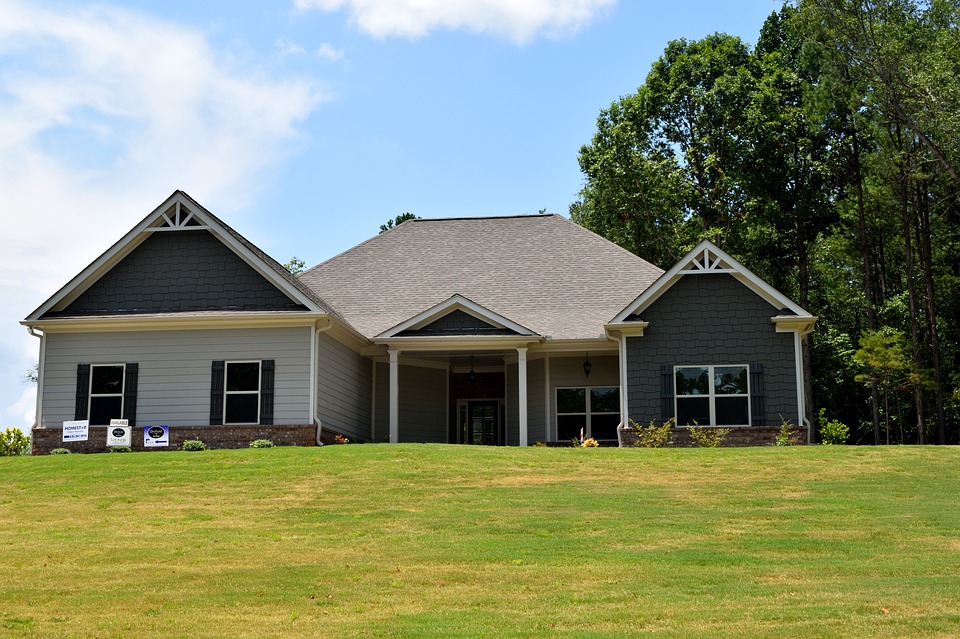
It’s common advice: always look at the roof when buying a home. But do you know what to look for when inspecting a roof?
Homebuyers have a lot to take in when they’re looking at houses, so it’s easy to let a couple of glances pass for the “inspection.” If you don’t know what a roof looks like before it needs replaced, you can miss obvious signs that it’s nearing (or past) the end of its useful life.
When you’re out house shopping, there are four things to watch for when you look at the roof that can tell you whether the roof needs replaced.
Loose or Missing Shingles
Loose or missing shingles mean the roof is damaged. Depending on the severity of the damage, either part of all of the roof will need replaced. If water has gotten under the shingles and roofing felt to the wood, it’s possible larger-scale reconstruction will be needed.
If shingles are missing and you can see into the attic space from outside the house, more than roof needs your attention. Rain water, snow, and animals, and pests all make their way into a house with holes in the roof. Before purchasing a house with holes in the roof, schedule an engineer or professional roofer to inspect the property.
Bulging or Curled Shingles
If the home you’re looking at has bulging or curled shingles, it’s a sign that roof is old and needs replaced. As asphalt shingles age, the asphalt in them shrinks, which causes them to change shape. Curled and bulged shingles cannot protect the home properly — they can let in rainwater and are prone to damage. If you’re considering putting in an offer for a house with an old roof, ask a licensed roofing contractor to provide an estimate to replace the roof.
Do the Wave
There are several causes for a wavy roof, and not all of them are bad. If the roof was recently installed, the new shingles may simply need time to adhere to each other, and the waves will go away over time. Defects in the underlying roof structure may likewise cause a wavy appearance.
However, wavy roofs can also mean something is seriously wrong. If the waves do not go away after a roof is installed, it might mean that the shingles are defective or that the roofing company installed them incorrectly. Either way, they will need replaced.
If the shingles are old, a wavy roof might mean the plywood underneath them has deteriorated. Deteriorated plywood is obvious when a roof begins to sag. In this case, the entire roof needs replaced.
It Just Looks Old and Weathered
If a roof simply looks like it’s seen better days, it’s likely nearing the end of its life. Minimum, it probably needs repair. Missing granules (the sandy layer on top of the shingles) are a sign that the roof is worn out. Cracked shingles are likewise such a sign. As shingles age and lose moisture, they become brittle — hence the cracks that can form due to debris, hail, and high winds.
Asphalt shingles come with 20 to 50 year guarantees, depending on their quality. 3-tab shingles last the shortest amount of time (20 to 25 years), while architectural or “luxury” shingles last 30 to 50 years.
Always find out how old the roof is on a house and the life expectancy of the shingle. If possible, obtain the receipts from the roofing company that installed it.
If you’re concerned about a roof on a house you’re considering, contact E3 Roofing and Restoration in Greenwood, Indiana. E3 provides quality inspections and free estimates for all roofing projects. With years of roofing and insurance claim experience, E3 will be able to tell what exactly needs done to repair a roof or whether a roof simply needs replaced.